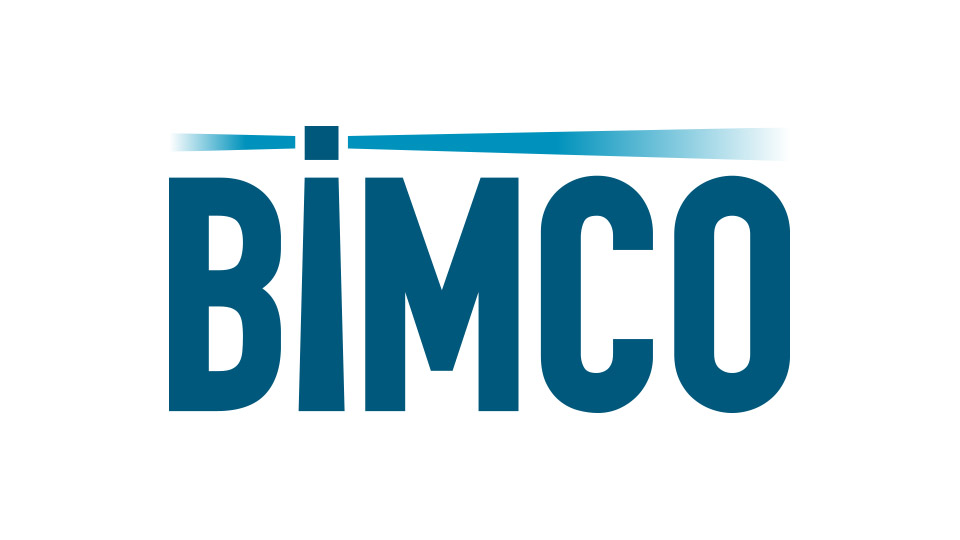
The current slowing in the global container markets has done little to slow carriers’ appetite for new capacity. BIMCO in its latest market report writes that the record high container orderbook signals the beginning of significant changes for the industry. The trade group’s analysis points not only to the expected increase in global capacity but also changes in the ownership profile of the industry and the increasing adoption of alternative fuels.
There have been numerous reports about the near-term challenges for the container industry based on faltering demand, declining volumes, and a sudden steep drop in freight rates. S&P Global in a new Commodity Insights Report predicts further difficulties ahead for the sector in 2023 with overcapacity but also as it adapts to the end of the 2M Alliance and the emerging environmental regulations. Yet, CMA CGM last week signed the largest order ever for containerships valued at more than $3 billion by China’s shipbuilding industry. Deliveries of new ships are scheduled till 2026 and beyond.
“During the last ten quarters, 8.61 million TEU has been contracted, matching the level contracted during the preceding 30 quarters,” writes BIMCO analyst Niels Rasmussen in the new market analysis. “The orderbook has now increased for ten straight quarters, reaching a new record high in each of the last four quarters, and at 7.54 million TEU it now equals 28.9 percent of the existing fleet.”
The trade group highlights that the large orderbook will result in significant fleet growth, a view shared by many industry analysts. BIMCO calculates that scheduled deliveries for the remainder of 2023 and 2024 will add just over 5 million TEU of capacity to the industry. Alphaliner in its Global 100 ranking sets the total current industry size at just over 6,500 vessels with a capacity of nearly 27 million TEU.
BIMCO Joins Efforts to Eliminate Single-Use Plastics on Ships
One of the key questions is how much of the tonnage will be used as replacements for aging ships and to address emerging environmental regulations versus additions. MSC and OOCL, for example, both just kicked off the next phase of the industry’s growth introducing new ultra large vessels exceeding the 24,000 TEU capacity hurdle, but MSC is feathering the ships onto existing routes and repositioning older, smaller ships to new deployments.
S&P Global in its new report cites data from Sea-Web saying that only five containerships were sold scrap in all of 2022. The data shows the pace is accelerating with 12 ships sold for demolition so far in 2023, but in most cases, it is smaller and older ships that will have less impact on the industry’s overall capacity. S&P Global calculates that only approximately 12 percent of the global fleet has reached its scrapping age currently.
“We estimate that recycling will hit nearly 1 million TEU,” says BIMCO’s Rasmussen. With 5 million TEU due, they project that containership fleet capacity could exceed 30 million TEU for the first time by the end of 2024. BIMCO notes it would represent a 16 percent increase compared to today.
This wave of new deliveries writes BIMCO will also increase the use of new and alternative fuel types. Currently, they note only 10 percent of the sector uses alternative fuel but with the first methanol ships due for delivery this year and next, and the emergence of ammonia-ready designs, BIMCO says 57 percent of the new containerships will involve some level of alternative fuels preparation.
Rasmussen expects that there will be five different types of fuel – low- and high-sulfur fuel oil, LNG, methanol, and ammonia – emerging in the sector as the new ships enter service. He points out “As the use of alternative fuels increases, it will become increasingly difficult to establish a single relevant rate benchmark for the time charter and asset markets.”
BIMCO, however, also notes that the time charter market is decreasing while forecasting that it will become more difficult for operators to use charters to quickly adjust fleet capacity. Driving this trend is an increase in the share of owner-operators. During the booming market, charter rates skyrocketed and many of the largest carriers move to snap up available ships driving strong sales in the secondhand market.
Ten years ago, BIMCO notes that the operators’ ownership share of the fleet capacity bottomed out at 50 percent but since then has climbed back to 61 percent. “This share will increase further in the coming years as 65 percent of the orderbook capacity is controlled by operators,” notes BIMCO. They highlight that many of the non-operating owners’ largest ships are also fixed on long-term charter contracts meaning that increasingly only smaller ships are available in the short-term charter market.
Another key factor driving owners and operators toward new builds is the need to meet emerging environmental regulations. BIMCO notes that the new ships will be more fuel efficient than most of the existing ships and with the introduction of alternative fuels, it will help reduce their greenhouse gas emissions from the sector which will help the overall maritime sector move to the goals set out by the IMO and others to begin to lower harmful emissions.
Follow us on Facebook/ twitter















